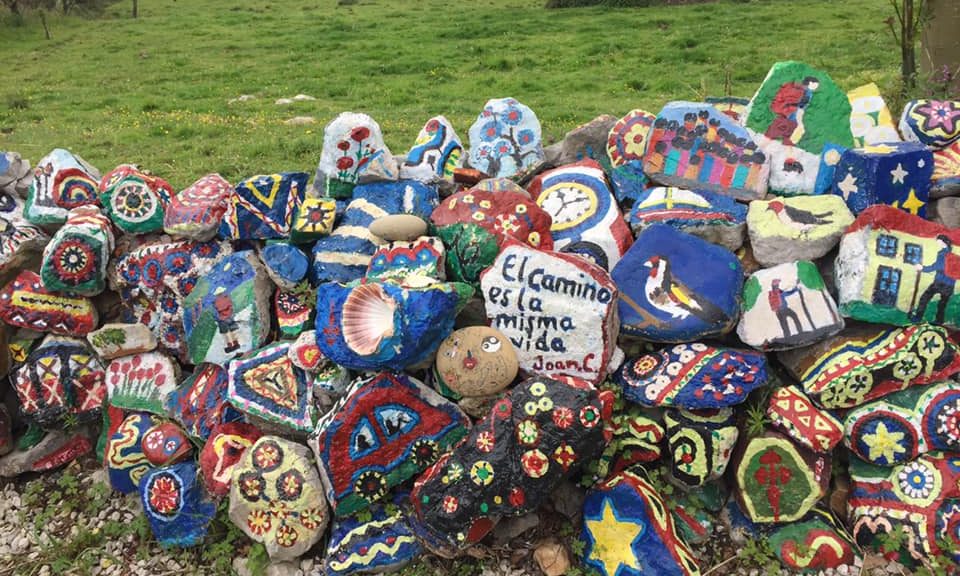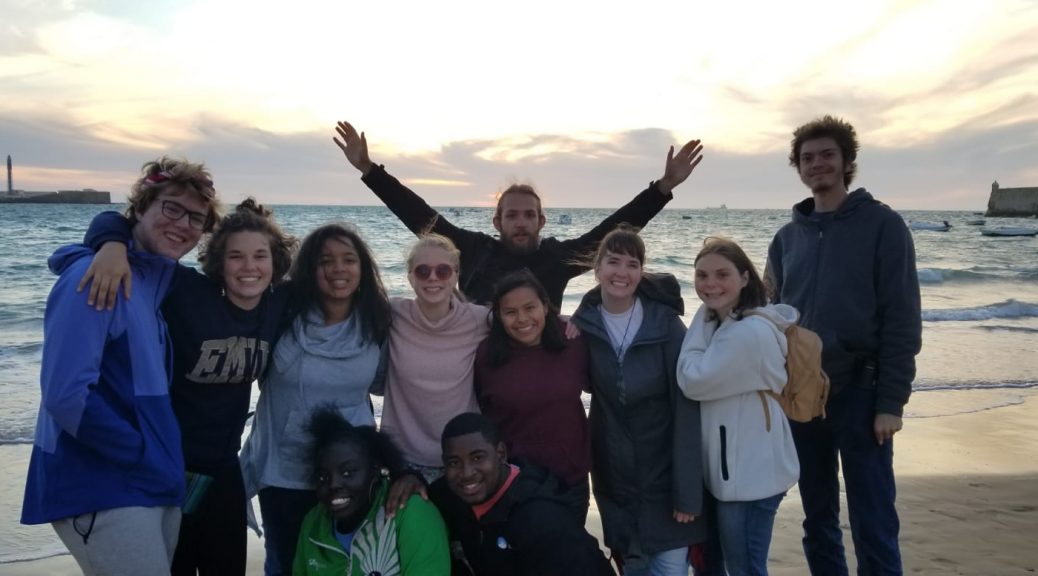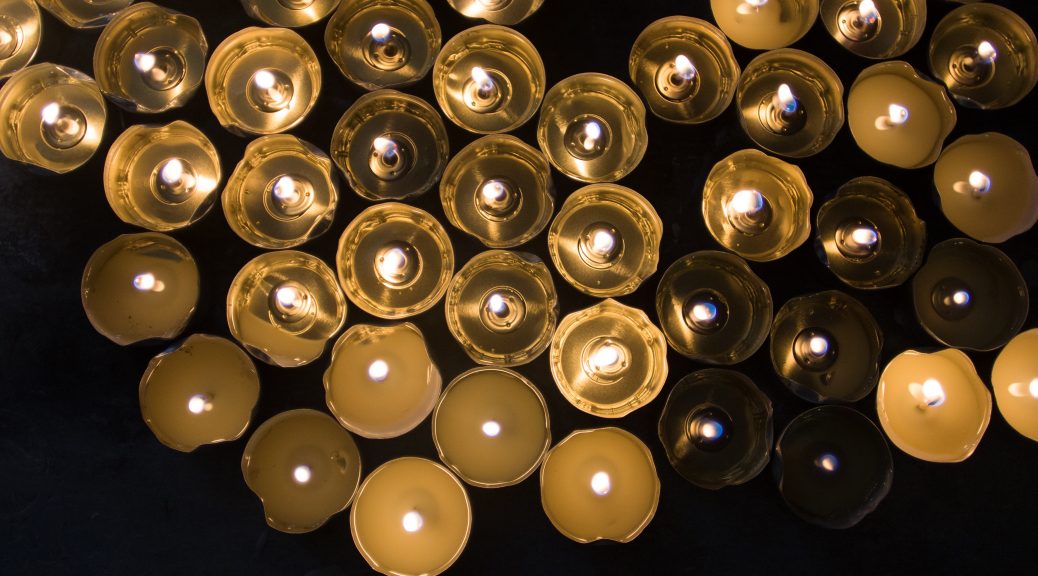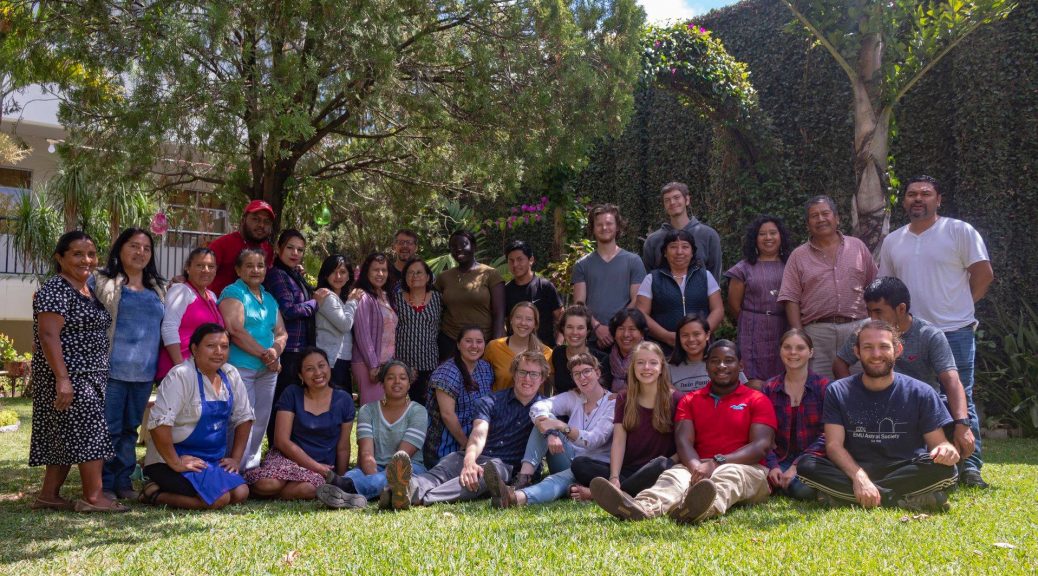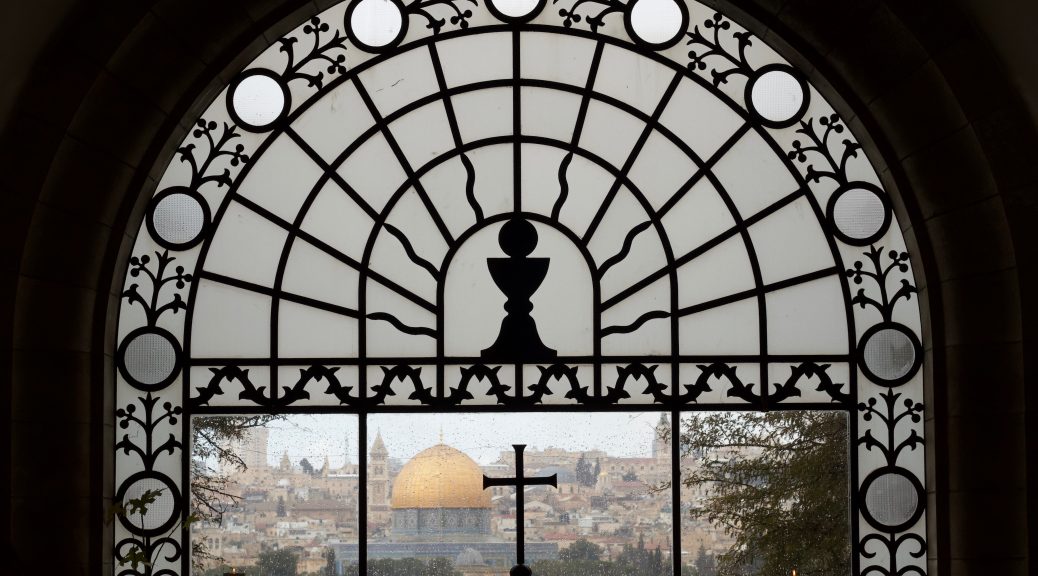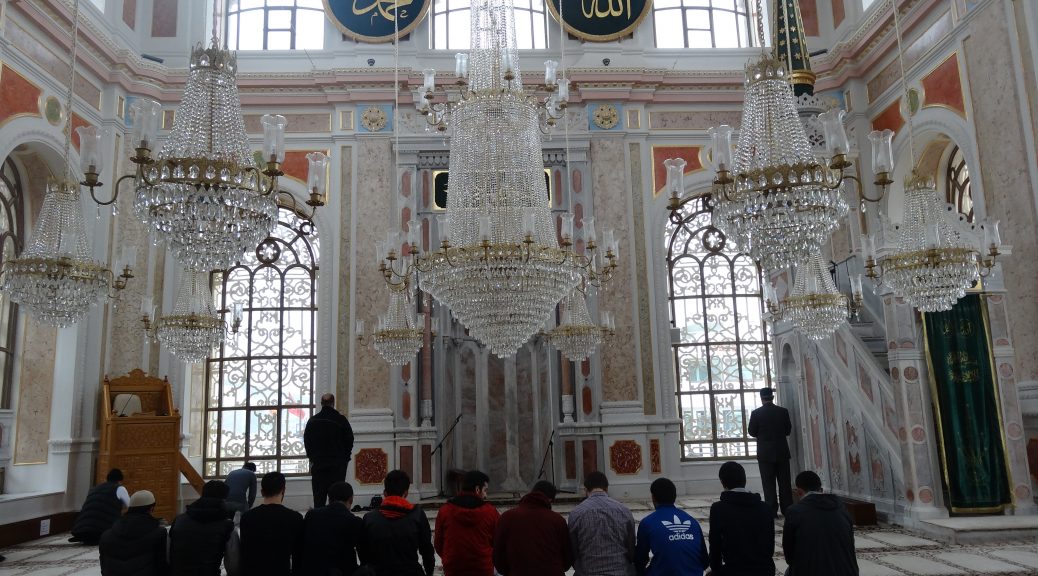Bumping along in our small, faulty-but-still-chugging bus driven by Baba, with mini Table Mountains lining the landscape of our three-day trip from Joburg to Capetown, we compile this blog, attempting to blend together these many thoughts from the past week. We’ve decided as a group to release this first week of learning over … Continue Reading ››

